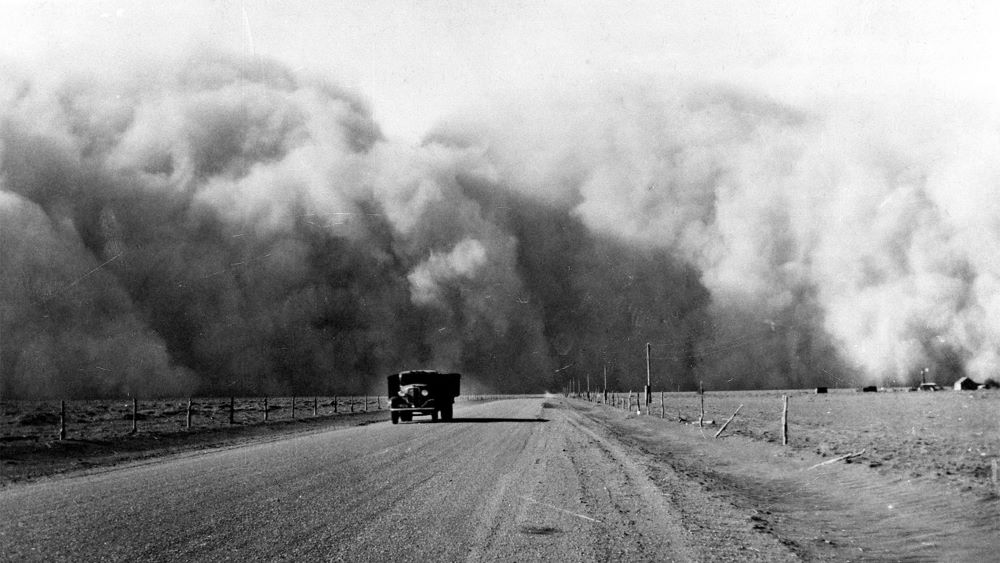ONLINE: A Zoom invitation link will be sent one day before each class session begins.
In the late 19th and early 20th centuries, the U.S. government encouraged homesteaders to occupy immense stretches of treeless prairie. These lands, which stretched from Canada down to Texas, had been regarded as semi-arid because of irregular rains and high winds. Throughout the 1920s, hundreds of thousands of families settled there and prospered from abundant wheat crops. But 1931 was the start of a decade-long drought. The land's deeply rooted native grasses had been destroyed by modern plows, and no longer held dirt in place. Lifted by winds, the dried soil billowed into mountain-sized clouds of black dust. It was the beginning of the greatest man-made ecological disaster in American history. We will view Ken Burns' four-hour documentary based on public records, photographs, film footage, and interviews with individuals who lived through the events as children. Time will be available for discussion at the end of each session. John Alan Stewart is a retired software developer with degrees in biology from the University of Michigan. He is in awe of this film and the many other documentary films created by fellow U of M graduate Ken Burns.

